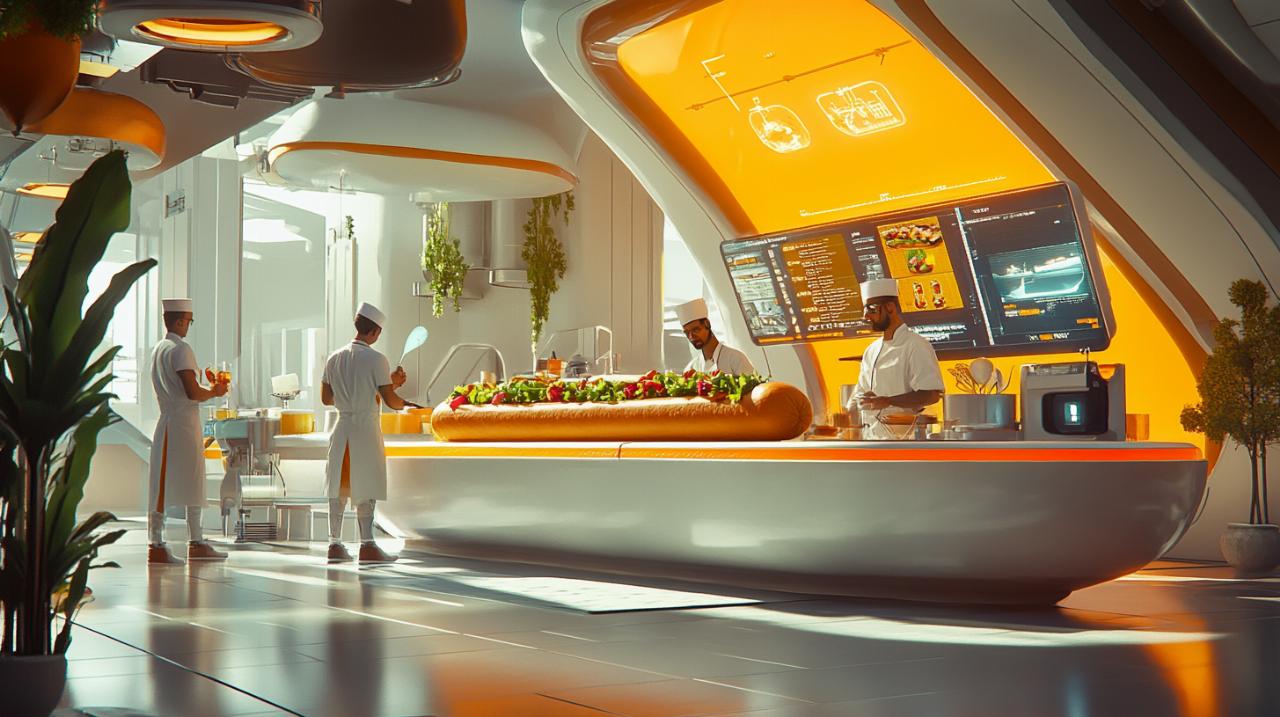The culinary world finds itself at a fascinating crossroads where environmental responsibility meets culinary creativity. While chefs across the globe embrace locally sourced ingredients and waste reduction strategies, the food industry simultaneously celebrates audacious spectacles such as record-breaking oversized creations. This duality reflects broader sustainability trends in modern society, where genuine ecological commitment coexists alongside entertainment-driven gastronomic feats that challenge conventional notions of responsible food production.
The Growing Emphasis on Sustainable Practices in Contemporary Cuisine
Contemporary chefs have begun to recognise their pivotal role in shaping a more environmentally conscious food landscape. This transformation extends far beyond mere trend-following, representing a fundamental shift in how professional kitchens approach ingredient selection, menu planning and daily operations. The movement towards sustainable food practices has gained considerable momentum, driven by growing awareness of climate change and the urgent need for alternative farming systems that reduce environmental impact whilst maintaining culinary excellence.
Locally sourced ingredients: a chef’s commitment to environmental responsibility
The commitment to locally sourced ingredients has become a hallmark of progressive culinary establishments. Chefs increasingly forge direct relationships with nearby farmers, fishmongers and producers, creating supply chains that minimise transportation emissions whilst supporting regional economies. This approach naturally reduces the carbon footprint associated with long-distance food transportation and ensures ingredients arrive at peak freshness. The plant-based hot dog market exemplifies this broader shift towards sustainable food choices, having achieved a valuation of approximately one point two billion pounds in recent years. Market analysts project this sector will expand substantially, reflecting consumer appetite for meat alternatives that align with environmental values. The growing preference for plant-based foods stems partly from heightened health awareness regarding traditional meat consumption, alongside concerns about climate change and food sustainability issues that have become increasingly prominent in public discourse.
Innovative waste reduction strategies transforming professional kitchens
Forward-thinking culinary professionals have embraced food waste valorisation, transforming materials once destined for bins into valuable resources. This innovative approach includes repurposing vegetable trimmings into stocks, converting surplus bread into breadcrumbs or puddings, and creating entirely new menu items from ingredients traditionally considered undesirable. The concept extends to celebrating ugly produce, those fruits and vegetables rejected by conventional retail standards despite being perfectly edible. Professional kitchens now actively seek these imperfect specimens, recognising their culinary value whilst challenging wasteful aesthetic standards. The integration of Industry 4.0 technologies has further enhanced waste reduction capabilities. Artificial intelligence systems help chefs predict demand more accurately, reducing overproduction. Smart sensors monitor ingredient freshness, ensuring optimal usage timing. The Internet of Things connects kitchen equipment to centralised management systems, enabling precise portion control and inventory tracking. These digital food systems represent a convergence of technology and gastronomy, where blockchain technology can even trace ingredient provenance, ensuring transparency throughout the supply chain.
The world’s largest hot dog: a fascinating contrast to eco-friendly culinary movements

Amidst this conscientious culinary revolution, the food industry occasionally indulges in spectacular displays that seem to contradict sustainable principles. Record-breaking food creations, including oversized hot dogs of truly astonishing dimensions, capture public imagination and generate considerable media attention. These gastronomic spectacles occupy a peculiar space within contemporary food culture, simultaneously entertaining audiences whilst raising questions about resource allocation and environmental responsibility.
The amusing spectacle of record-breaking food creations
The creation of extraordinarily large food items has long fascinated both participants and spectators. These endeavours require meticulous planning, substantial resources and considerable culinary skill to execute successfully. The world’s largest hot dog, for instance, demands custom equipment, specially adapted cooking methods and coordination amongst numerous team members. Such projects generate excitement and draw crowds, serving marketing purposes for regions, events or brands seeking memorable publicity. The entertainment value proves undeniable, as these creations spark conversation and provide shareable content across social media platforms. They represent a form of culinary theatre where excess becomes performance art, temporarily suspending practical considerations in favour of pure spectacle. Communities often rally around these projects, creating shared experiences that foster local pride and generate tourism interest.
Balancing Entertainment Value with Environmental Consciousness in the Food Industry
The apparent contradiction between sustainability commitments and extravagant food spectacles reveals complexities within modern culinary culture. Whilst the plant-based hot dog market continues its impressive growth trajectory, with projections suggesting values reaching approximately three billion pounds within the coming years, traditional oversized meat-based creations persist. This tension reflects broader societal negotiations between entertainment desires and ecological responsibility. Some argue these record-breaking attempts serve educational purposes, drawing attention to food production processes and sparking conversations about consumption patterns. Others suggest the resources consumed could better serve sustainable initiatives, particularly given rising awareness of meat consumption’s environmental impact. The food industry increasingly seeks middle ground, with some spectacular creations now incorporating sustainable elements such as locally sourced ingredients or plant-based alternatives. The Asia-Pacific region, identified as the fastest-growing market for meat alternatives, demonstrates how consumer preferences can shift rapidly when health awareness and environmental concerns align. Urban populations with rising incomes increasingly favour products that reflect their values, including convenience stores and online retail platforms stocking plant-based options. This demographic shift suggests future record-breaking attempts might embrace cell-cultured meat, insect-based protein or three-dimensional printed food using alternative ingredients, merging spectacle with innovation. Government support for sustainable food and regulations promoting reduced meat consumption further influence how the industry approaches both everyday operations and extraordinary events. Personalised nutrition, gene editing for improved crop nutrient content, and alternative farming systems like hydroponics, aquaponics and aeroponics all represent technological advances that could transform how spectacular food creations are conceived and executed. The challenge lies in maintaining the entertainment value and communal excitement these events generate whilst aligning them with broader sustainability goals. Perhaps the future holds record-breaking creations that simultaneously amaze audiences and demonstrate environmental responsibility, proving that spectacle and sustainability need not remain opposing forces within culinary culture.

